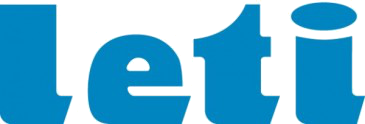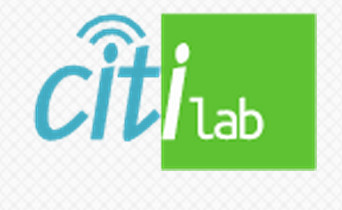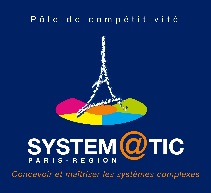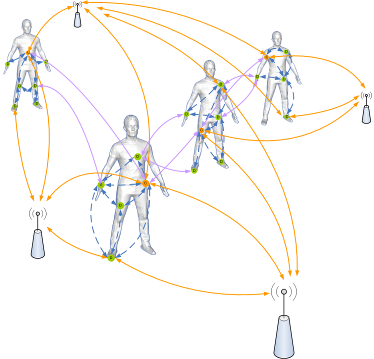-
Towards the « Internet of Me »… when Smart Clothes Play the GPS, the Remote Controls and the Pedometers.
- New cooperative communication and radiolocation functionalities adapted to the specificities of wireless body area networks.
CORMORAN has been developing key components of a cross-layer communication protocol that can benefit from new forms of cooperation in and between wireless body area networks, aiming at optimized radiolocation and mobility-centric functionalities. One first challenge consisted in understanding in depth the specific physical phenomena observed around and between equipped bodies, under typical human mobility. In comparison with more conventional localization or motion capture solutions, wireless links involving on-body nodes, usually devoted to data transmission based on standardized ultra-low power radio technologies (ex. collecting measurements issued at on-body sensors), are thus exploited in an opportunistic, timely and geographically unrestricted way. Targeted applications concern improved individual/collective navigation, advanced control based on posture detection, or non-intrusive physical monitoring.
- A multidisciplinary approach aiming at convincing proof-of-concept experiments and in-depth understanding of complex underlying physical phenomena...
In a multi-standard radio deployment context (involving low data rate on-body, body-body and off-body links simultaneously), the project first aimed at modeling the behavior of relevant radio metrics under both biomechanical and collective mobility. Then, these preliminary results have been exploited for the design, the specification and the optimization of protocol components on different layers (ex. scheduled medium access control and resource allocation for improved on-body nodes ranging and positioning, selection of the best neighboring on-body nodes or bodies based on link obstruction/quality criteria, dynamic body-to-body topology maintenance, cooperative tracking filters mitigating obstructions and mobility effects, power-based heading estimation over off-body links…). Following a multi-disciplinary and cross-layer approach, the provided theoretical developments (ex. propagation and mobility models, protocol and algorithms design…) could support -and hence, be mutually complementary with- more practical studies (measurement-based characterization of both radio channel and on-body antennas, development of adapted co-simulation tools, experimental demonstration campaigns based on integrated radio devices).
-
Major Results
- Significant theoretical progresses have been made, achieving refined modelling of propagation phenomena under human mobility (pointing out deterministic location-based specificities). The proposed communication blocks (resource scheduling/allocation, link selection, dynamic routing) are shown to make better use of cooperative radio links. Resulting location estimation algorithms (incl. various cooperative tracking filters) enable opportunistic gesture detection and improved navigation experience. The provided proof-of-concept features, by means of physical demonstrations and realistic simulations, could impact e.g., the silver economy, e-fitness applications, human-computer interactions… Some outcomes could be also beneficial into the research community, with the publication of unprecedented experimental data (involving various integrated technologies), as well as software co-simulation tools in open source integrating the models cited above.
-
Scientific Production and Patents
- The project has led to 1 patent application (currently in progress), 2 PhD theses (+1 still pending), 25 peer-reviewed scientific papers (incl. 3 journal papers and 22 conference papers), 3 oral communications (seminaries, workshops, tutorials…), 1 software simulation platform in open source code (http://www.pylayers.org) and a measurement database.
|











